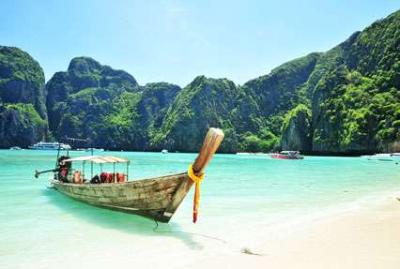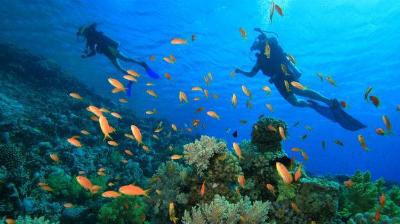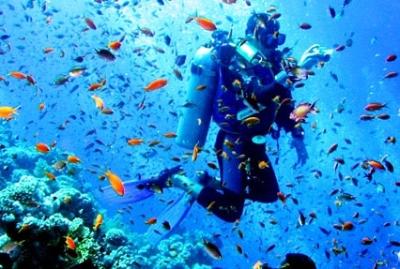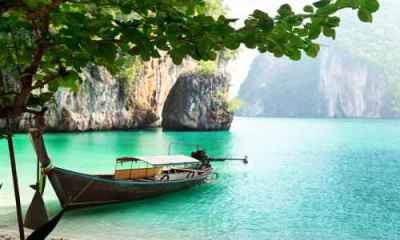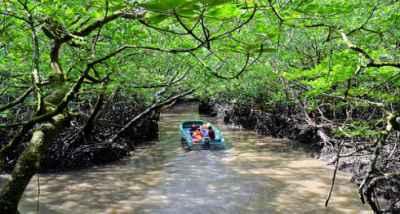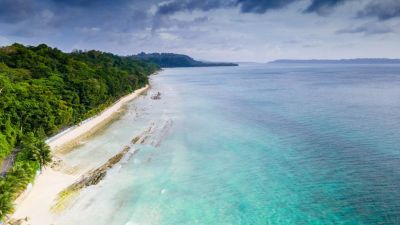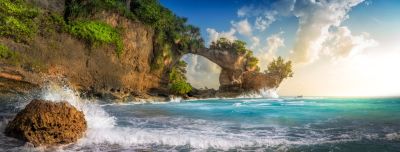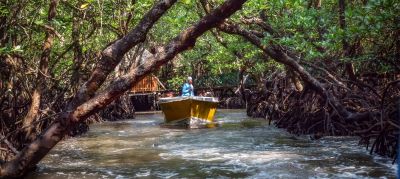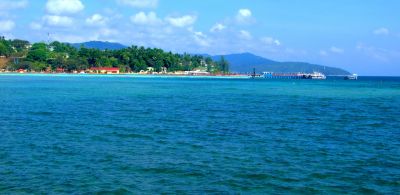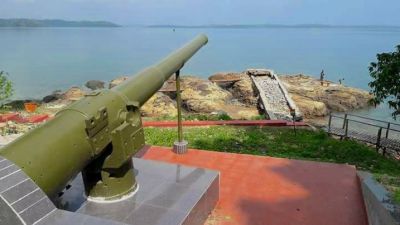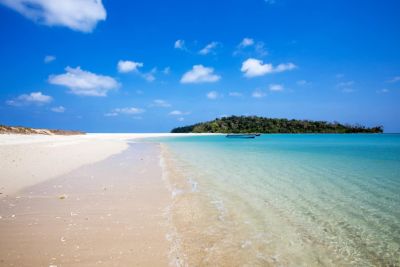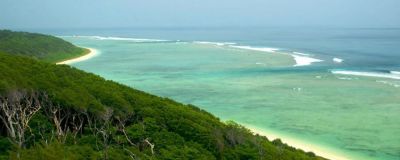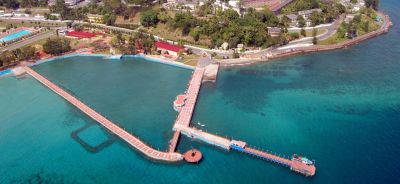Andaman's Seafaring Tales: Exploring Maritime Heritage
Andaman's Seafaring Tales: Exploring Maritime Heritage
The Andaman Islands, located in the Bay of Bengal, are known for their breathtaking beaches, vibrant coral reefs, and lush green forests. But beyond its natural beauty lies a rich maritime heritage that is waiting to be explored. The Andaman Islands have a long history of seafaring, with tales of shipwrecks, pirates, and trade routes that have shaped the cultural and historical fabric of this archipelago.
As you delve into the seafaring tales of Andaman, you will discover a fascinating world of adventure, exploration, and heroism that spans centuries. From ancient times to the modern era, the Andaman Islands have always been a hub of maritime activity, attracting sailors, traders, and explorers from across the world.
The Beginnings of Seafaring
The seafaring traditions of Andaman date back to thousands of years. The indigenous people of the islands, known as the Jarawa, Onge, Sentinelese, and Great Andamanese, were skilled fishermen and navigators who relied on the sea for their livelihoods. Their knowledge of the ocean, tides, and currents was passed down through generations, enabling them to navigate through the treacherous waters of the Bay of Bengal.
The Andaman Islands were also an important stopover for sailors and traders from ancient civilizations such as the Romans, Greeks, Arabs, and Chinese. These seafarers were drawn to the islands' strategic location, rich resources, and fertile lands.
Pirates and Privateers
During the 17th and 18th centuries, the Andaman Islands became a haven for pirates and privateers. The isolated coves and hidden bays offered them the perfect base for their operations. Legends abound about infamous pirates like William Kidd, Thomas Tew, and Edward Teach (better known as Blackbeard) who roamed the waters around these islands, plundering merchant ships and burying their loot on remote parts of the archipelago.
The British East India Company, which had established a presence in the region, made efforts to combat piracy and protect their trade routes. In the early 19th century, they established a naval base in the Andaman Islands, known as Port Blair, which later became the administrative capital of the islands.
Colonial Influence
Under British rule, the Andaman Islands became an important outpost for the British Empire. The islands were used as a penal colony, where thousands of prisoners, including political dissidents, freedom fighters, and revolutionaries, were sent. These prisoners were forced to labor in the construction of infrastructure, including the infamous Cellular Jail, also known as Kala Pani.
The British also established a port and a coaling station in Port Blair, further solidifying the islands' importance as a maritime hub. The Andaman Islands served as a crucial refueling point for steamships traveling through the Indian Ocean.
World War II and the Japanese Occupation
The Andaman Islands witnessed significant naval activity during World War II. The Japanese forces, seeking to establish their dominance over the region, invaded and occupied the islands in 1942. The Japanese utilized the islands' strategic location to control the surrounding waters and disrupt Allied supply lines.
During the occupation, the local population suffered greatly, with forced labor, deprivation, and atrocities becoming a part of daily life. The islands were eventually liberated by the Allied forces in 1945, marking the end of the Japanese occupation.
Exploring Maritime Heritage Today
Today, the Andaman Islands offer a unique opportunity for travelers to explore and immerse themselves in the region's maritime heritage. The islands are dotted with historical sites and landmarks that serve as reminders of their seafaring past.
One of the must-visit sites is the Cellular Jail, now a national memorial, which offers a glimpse into the dark history of the British penal colony. The jail is a testimony to the sacrifices made by freedom fighters and serves as a reminder of the indomitable spirit of those who fought for independence.
Another must-see attraction is the Samudrika Naval Maritime Museum in Port Blair. The museum showcases the diverse marine life found in the region, as well as artifacts related to the islands' naval history. Visitors can learn about the endemic flora and fauna of the Andaman Islands and gain insights into the geological aspects of the archipelago.
For those interested in shipwrecks and underwater archaeology, the waters surrounding the Andaman Islands offer numerous opportunities for diving and exploration. The clear turquoise waters are home to several sunken vessels, providing a glimpse into the past and a chance to explore the underwater world.
Conclusion
The Andaman Islands are not just a beach destination; they are a treasure trove of maritime history and seafaring tales. Exploring this aspect of the islands' heritage allows visitors to go beyond the typical tourist experiences and gain a deeper appreciation for the culture, history, and resilience of the people who have called these islands home.
So, whether you're a history buff, an adventure seeker, or simply curious about the world around you, a journey to the Andaman Islands is sure to be a voyage of discovery – one that will connect you to the seafaring tales that have shaped the identity of this enchanting archipelago.
Remember to share this blog post with fellow travelers who might be interested in exploring the maritime heritage of the Andaman Islands!
Disclaimer : The information provided in this blog is for general informational purposes only. While we strive to keep the content accurate and updated, TravelSetu assumes no liability for errors or omissions. If you believe any part of this blog infringes your rights or causes concern, please notify us immediately at info[at]travelsetu[dot]com so that appropriate action can be taken.
